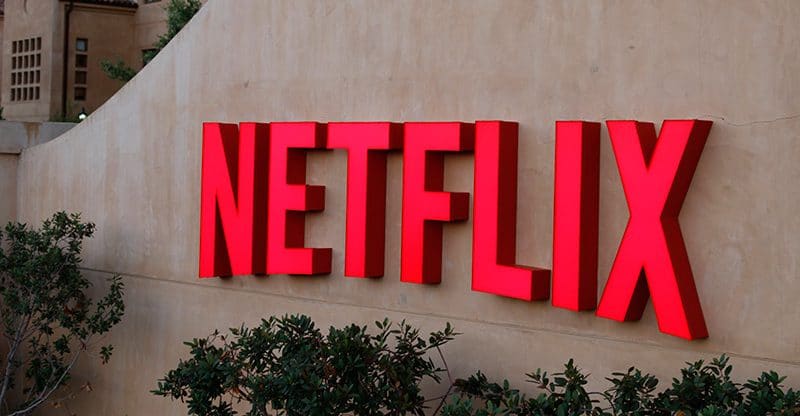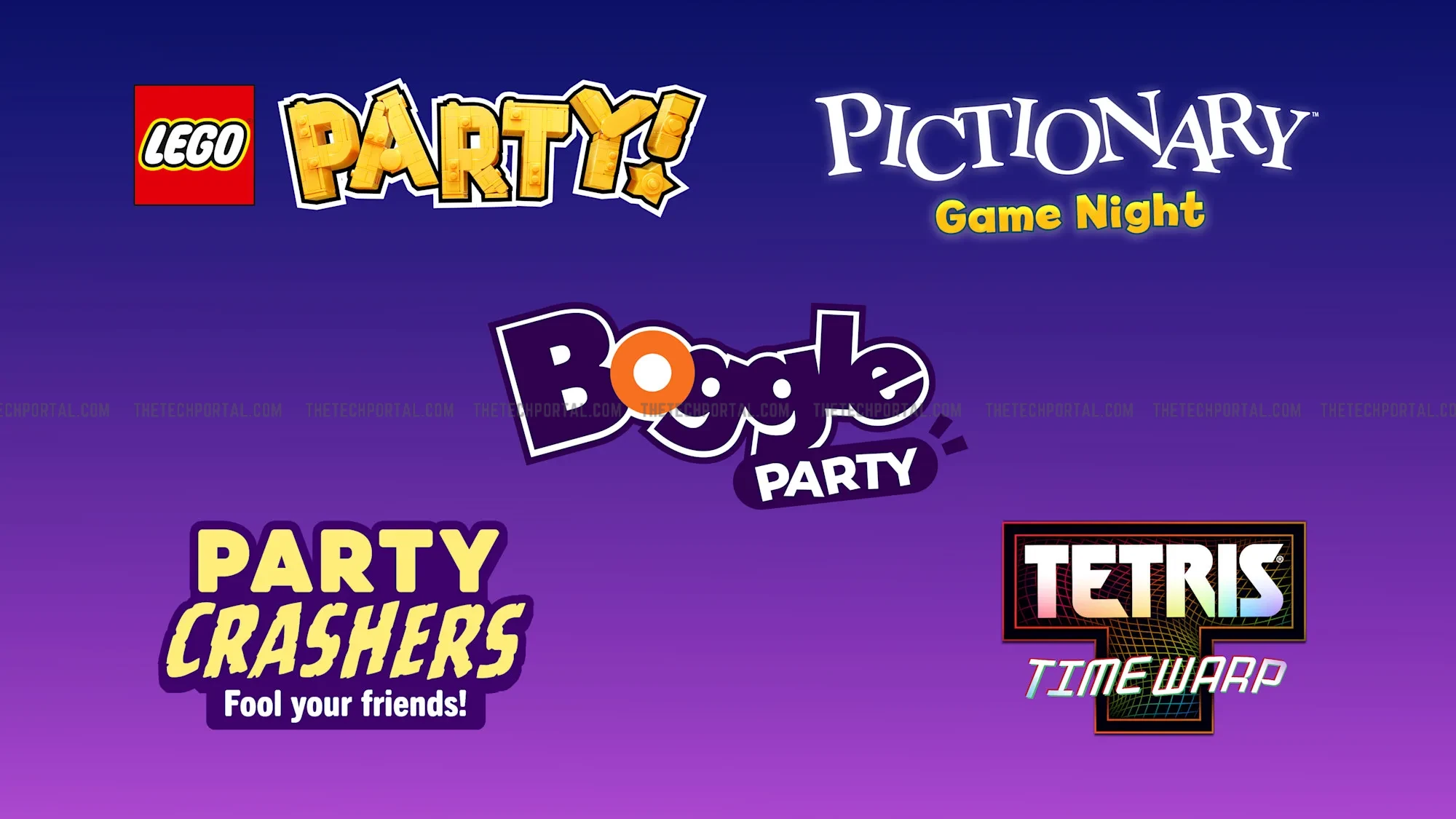Streaming service giant Netflix is entering a new phase in its bid to redefine home entertainment, bringing video games to the television for the first time. The move will be Netflix’s biggest bet yet, to transform itself from a mere streaming service to a more full-fledged television entertainment package for its consumers.
After years of experimenting with mobile titles, the streaming service company will now allow subscribers to play games directly on their televisions using smartphones as controllers. The launch portfolio includes party-friendly games such as Boggle Party, Pictionary: Game Night, Lego Party, Tetris Time Warp, and Party Crashers: Fool Your Friends. In a streamlined setup, players scan a QR code on their phones to join the game, while the main action unfolds on the big screen — a design meant to emulate the simplicity of streaming a movie or series.
This move can likely strengthen user engagement and diversify its entertainment ecosystem beyond traditional streaming. CEO Greg Peters acknowledged that Netflix’s early efforts in gaming merited only a “B-minus grade,” describing the new initiative as an attempt to leverage the company’s massive global footprint — more than 270 million subscribers — and its dominance of the living-room screen.
“One of the gaming areas we’re going after is social gaming experiences that can show up on your TV,” he said. The push into living-room gaming taps into Netflix’s long-term vision of building an entertainment environment that spans film, television, and interactive content. The company’s real advantage lies in infrastructure rather than genre – Netflix already occupies the prime real estate on most household screens through its app, allowing it to introduce games without additional hardware or subscription tiers. The decision is hardly unexpected – casual multiplayer games have broad appeal and minimal technical barriers compared to high-performance console titles. Netflix executives say the emphasis is on creating games that are instantly accessible — “as easy as watching a show on a Friday night.”
Still, Hollywood’s history with video games has been checkered. Warner Bros., for example, had made costly forays into gaming, only to retreat after struggling to turn narrative franchises into interactive successes. Alain Tascan, the head of Netflix Games and a veteran of Epic Games, said the company’s strategy differs because it is built for longevity rather than short-term commercial hits. “A lot of studios took a short-term approach,” Tascan said. “To entertain the world, we must include games.”
It is expected that the company’s collection of intellectual property will be helpful, giving it storytelling leverage few gaming studios can match. Unlike console publishers, Netflix will not charge for its games — all titles are included in existing subscriptions. The decision, while unprofitable in the short term, could deepen user engagement and extend session time within the app.
Bringing games to television screens could also strengthen Netflix’s position as an all-in-one entertainment hub. With rival services like Disney+, Amazon Prime Video, and Apple TV+ crowding the subscription market, diversification into gaming provides a hedge against subscriber churn. The company has spent the past two years acquiring small game studios and expanding its cloud infrastructure to support real-time multiplayer experiences. Insiders say Netflix is investing in the backend capacity required to host cross-platform play, which could allow users to move between devices without losing progress.
The Tech Portal is published by Blue Box Media Private Limited. Our investors have no influence over our reporting. Read our full Ownership and Funding Disclosure →







